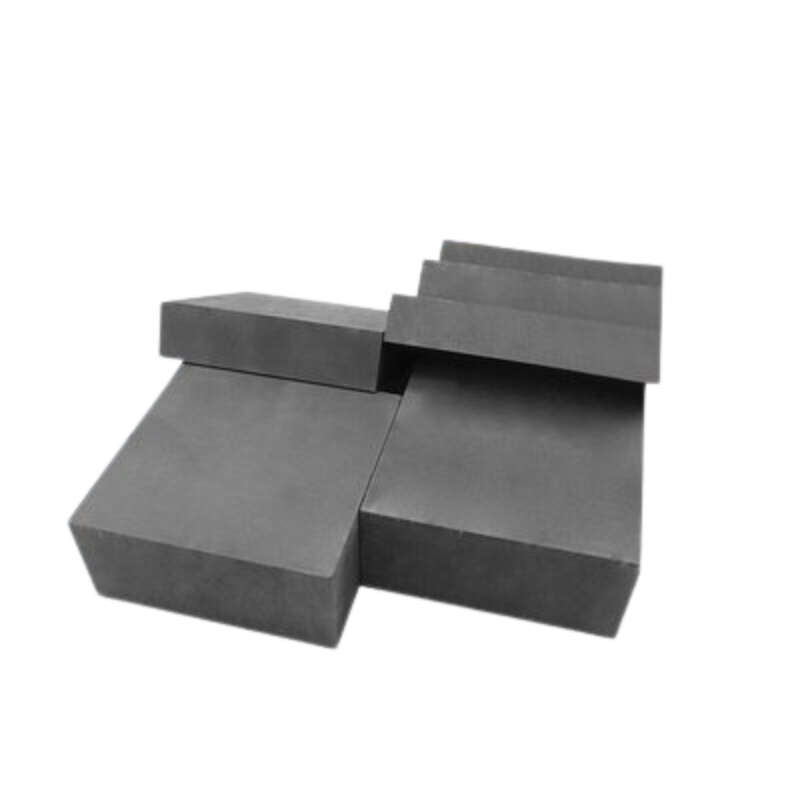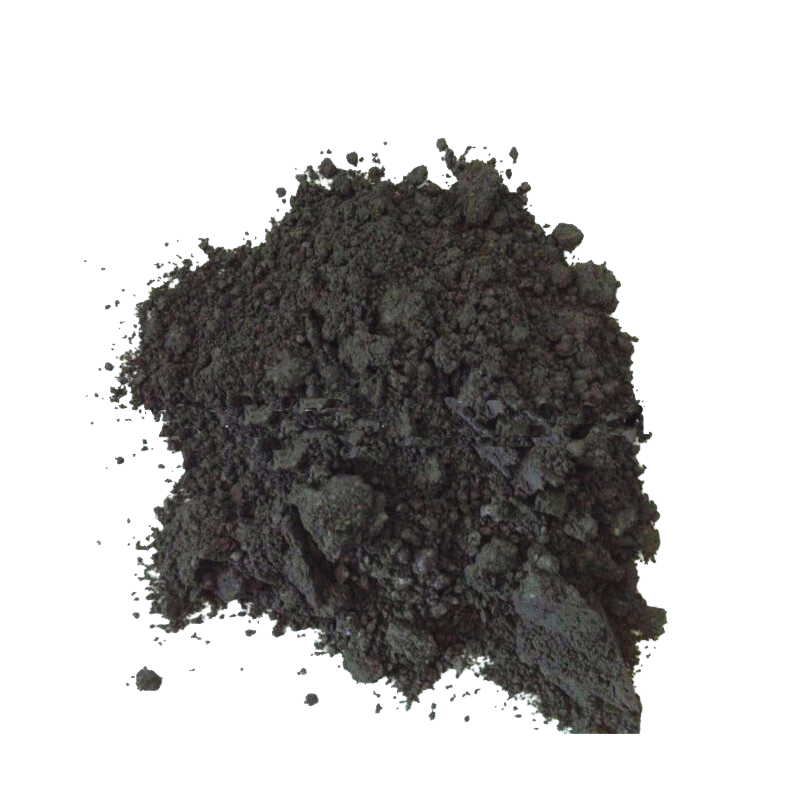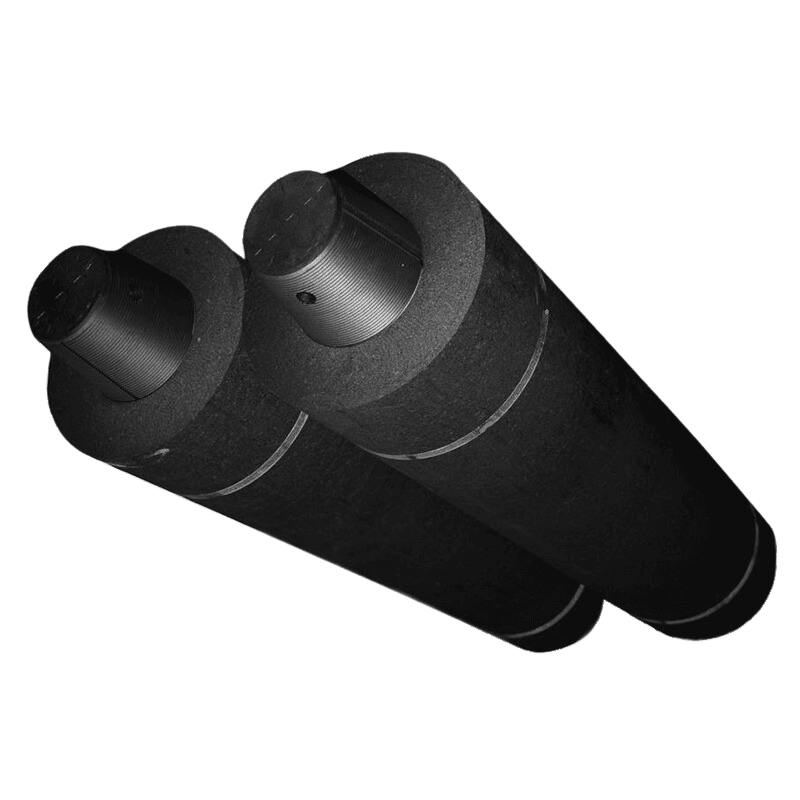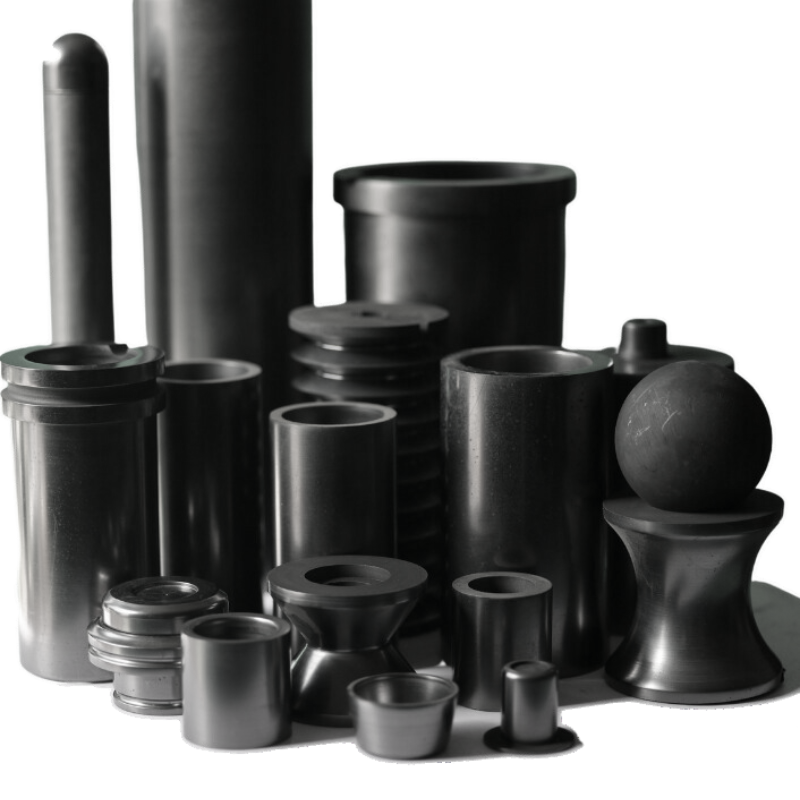The reasons for the failure of graphite molds at high temperatures are complex and involve multiple factors. Here are some main reasons that may contribute to the high-temperature failure of graphite molds:
1.Oxidation and Corrosion: At high temperatures, graphite is prone to oxidation, forming an oxide layer when exposed to oxygen. This oxidation process can damage the structure of the graphite, reducing its performance. Additionally, corrosive gases or chemicals can contribute to the corrosion and failure of graphite molds.
2.Thermal Expansion: Graphite undergoes thermal expansion at high temperatures, leading to changes in the shape of the mold. Prolonged exposure to high temperatures can result in thermal fatigue and cracks, ultimately causing failure.
3.Thermal Cycling: Molds experience repeated heating and cooling cycles, known as thermal cycling, in high-temperature environments. This cyclic process may induce thermal stress, causing fatigue and potential cracking or deformation in graphite molds.
4.Microstructural Changes: At elevated temperatures, the microstructure of graphite can undergo changes, including alterations in crystal structure and the formation of lattice defects. These changes may lead to a decrease in mold performance, resulting in a loss of strength and stability.
5.Metallic Impurities: During the fabrication of graphite molds, there may be some metallic impurities present. These impurities can react with graphite at high temperatures, forming compounds that affect its performance.
6.Gas Permeation: At high temperatures, gases may permeate through the micro-pores of graphite, leading to gas accumulation or reactions with the graphite, affecting mold performance.
To mitigate the high-temperature failure of graphite molds, manufacturers typically implement various measures. These include selecting high-purity graphite materials, designing efficient cooling systems, and applying surface coatings to enhance oxidation resistance. Regular inspections and maintenance are also crucial to ensuring the long-term stability and performance of graphite molds. By considering these factors comprehensively, manufacturers can optimize the design and operating conditions of graphite molds to improve their durability and performance in high-temperature environments.





